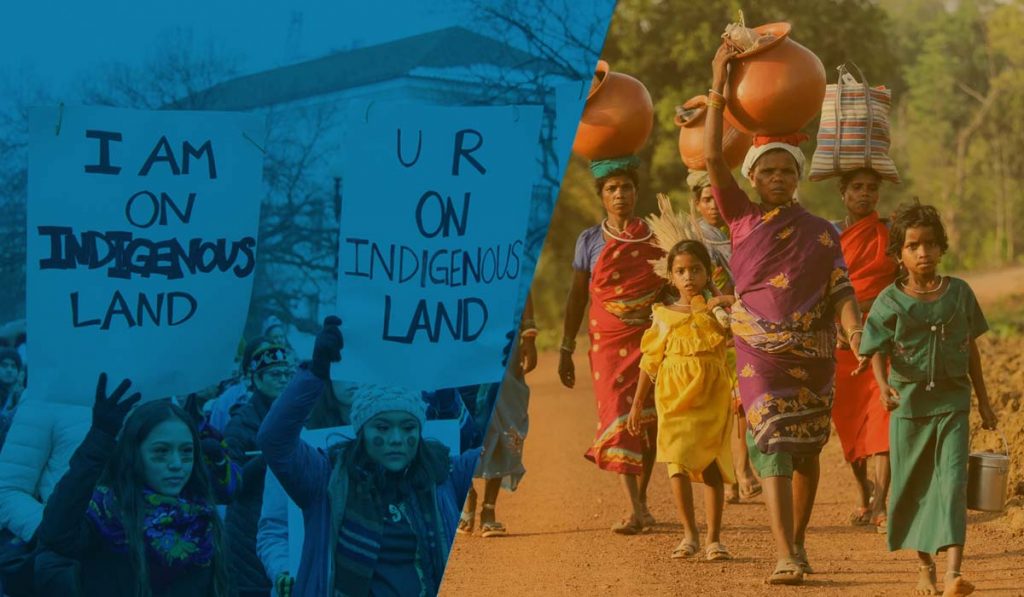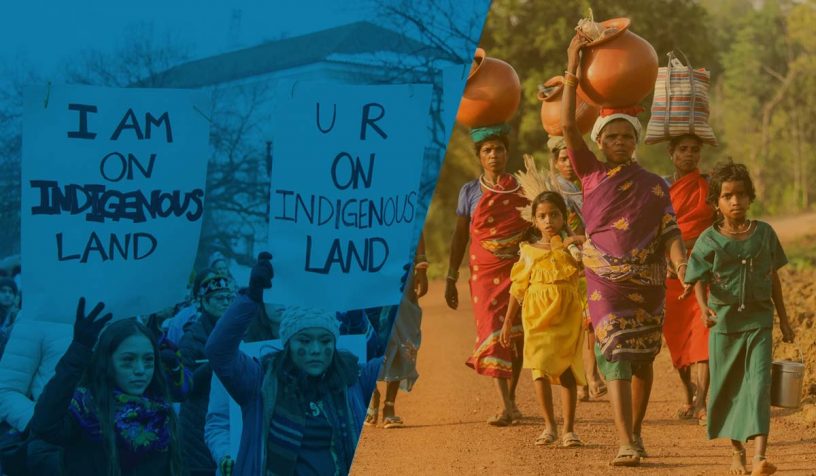
This paper published in the book “Dimensions of Constitutional Democracy” turns to a comparative analysis of rights recognition and State obligation in Europe and India.
Author
Radhika Chitkara, Assistant Professor, Jindal Global Law School, O.P. Jindal Global University, Sonipat, Haryana, India.
Summary
The evolution of human rights norms relating to indigenous peoples (IPs) land rights coincides with the ascendence of land-intensive development paradigms across the globe, throwing historical conflicts between States and IPs over land and resource sovereignty into sharp relief. As States assert their overall sovereignty over territorial resources to determine their allocation for developmental priorities, they do so through the nullification of indigenous governance and ownership of land, and the transformation of the underlying ethos of their use.
As domestic constitutional arrangements have come under increasing strain, IPs have turned towards international human rights not only to regulate State conduct but also to challenge its monopoly over determination of developmental priorities, particularly through the right to self-determination. A comparative reading of different human rights systems enables progressive articulations of the form and content of IP land rights and the extent of State obligation in light of the adoption of the UNDRIP in 2007.
This paper turns to a comparative analysis of rights recognition and State obligation in Europe and India, as two regional human rights systems that emerged contemporaneously, governing sovereign States with IPs within their territories, and based on liberal democratic constitutional frameworks with a commitment to human rights. The first section identifies a framework within which the European and Indian human rights systems may be compared.
The second and third sections analyse the form and content of rights recognition and State obligation in Europe and India, through textual guarantees and case studies of the ECtHR decision in Handolsdalen Sami village and others v. Sweden, and the Supreme Court of India in the Niyamgiri decision. The concluding section serves to identify opportunities for normative borrowing for a fuller recognition of IP land rights in both Europe and India, and the manner in which State and IP relations on land and resource sovereignty may be reconfigured.
Published in: Roy A., Becker M. (eds) Dimensions of Constitutional Democracy. Springer, Singapore
To read the full article, please click here.


